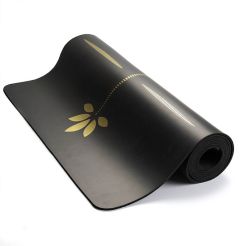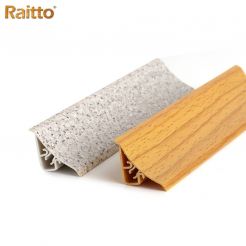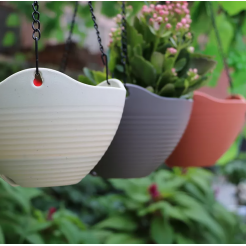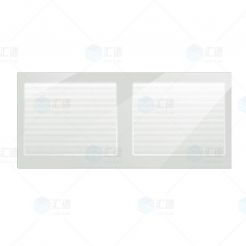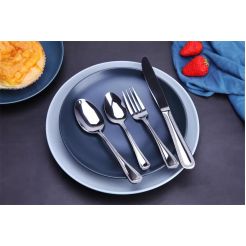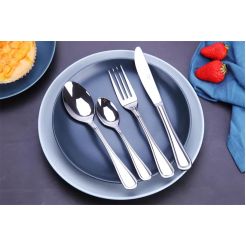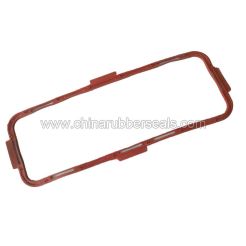weft knitted fabric
Product Description
https://www.cnpowerclean.com/terry/weft-knitting-cloth.html
Weft Knitting Cloth
Weft knit fabric is the width of the yarn that passes horizontally through the fabric from one side to the other. The fabric is started by manipulating the knitting needles to form horizontal loops over each other. This one continuous thread makes the fabric produce an incredibly stretchy fabric. It can usually be made by hand or using a knitting machine. Weft knitting is the most common form of knitting because it is simpler than warp knitting (another form of knitting).
What is weft knit fabric?
In the textile fabric industry, fabrics can be made by both warp knitting and weft knitting processes. Weft knitting and warp knitting are two different knitting techniques that can produce various types of fabrics. The main way to distinguish between these two types is that weft knitting makes the yarn run back and forth, while warp knitting makes the yarn run up and down the knitted fabric. This difference can produce two completely different end products. Weft knitting produces a shaped and draped fabric, while warp knitting produces a thicker yardage.
Weft knit fabric is the width of the yarn that runs horizontally through the fabric from one side to the other. The fabric is started by manipulating the needles to form horizontal loops above each other. This one continuous thread makes a fabric that produces an incredibly stretchy fabric. It can usually be made by hand or using a knitting machine. Weft knitting is the most common form of knitting because it is simpler than warp knitting (another form of knitting).
Weft knit fabric was the first type of knitting to be invented, and the Stockinette stitch is the most common form of stitch, first found in handicrafts as early as the 11th century. Many other stitches are available for weft knittings, such as Purl, Double knitting, and patterns such as Cable, Fair Isle and Aran, which can be achieved using different yarns in different colors and weights.
The knitting machine was invented to speed up the manufacturing process of knitted products. It also meant that patterns were more calculated and symmetrical. It also meant fewer errors, as it was harder to drop stitches and cause ladders. Many mass-produced knitted garments are now produced on knitting machines in factories.
Types of weft knits include plain knits, ribbed knits, reverse knits, double knits, jacquards, circular knits, interlock knits, Fair Isle knits, and twisted knits. All of these knits are generally produced using knitting machines because the finer gauge allows for the production of more delicate fabrics, but hand knitting is still used today, primarily as a hobby.

